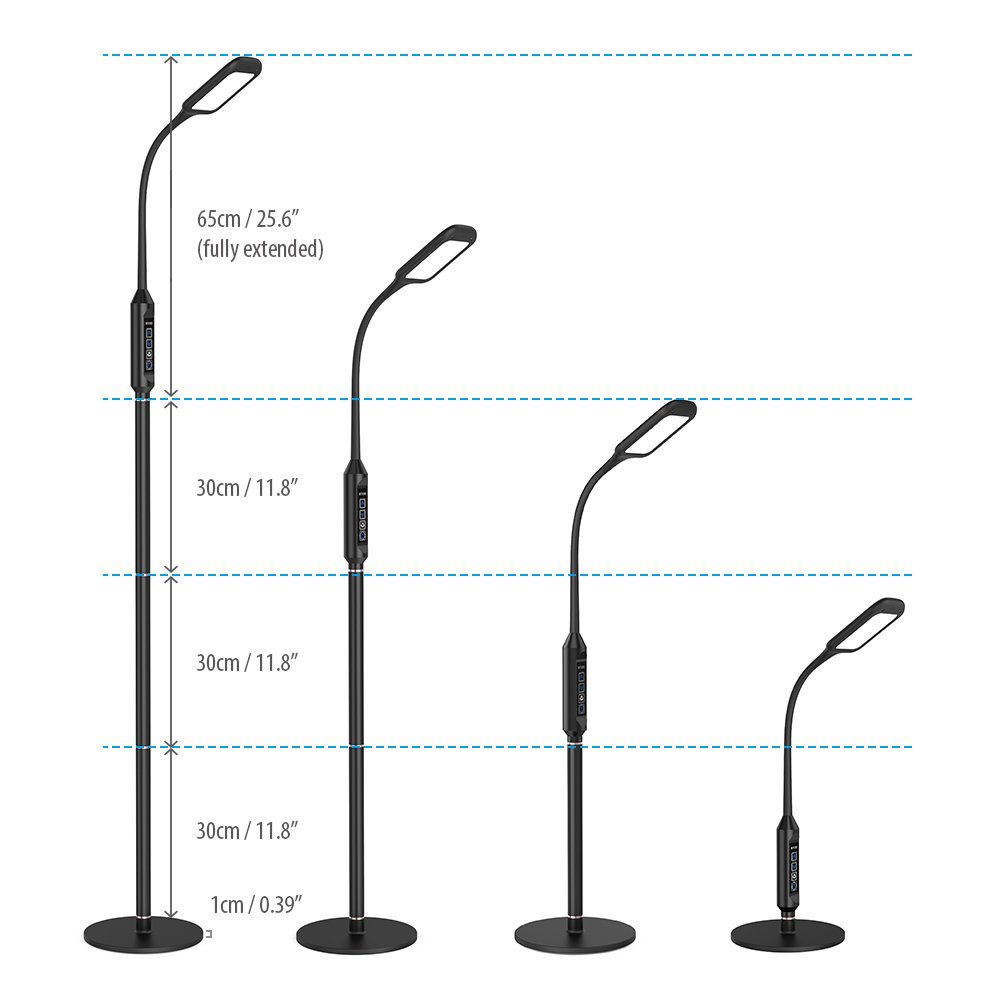I have a floor lamp that was designed for 3-way 50/100/150W bulbs, and turning the lamp up to the highest level helps for reading. I think 3-way incandescent bulbs might be easier to find than plain 100W incandescent bulbs. I bought a package of two such bulbs from Amazon in January of 2014 and haven't had to buy any more. Since my cataract surgeries I only use that lamp occasionally, mostly when I am reading for a very long time.
Also, I have heard that LED bulbs can be nice and bright although I haven't shifted over to them yet myself.
I would urge you to ask about cataracts the next time your eyes are checked. Cataract surgery is great these days. Mine only took 7 minutes for both eyes, and sure brightened up the world.


